Outrank Competitors: Rank Higher with Listing Optimization on Etsy
About the Client Shop Name: CrystalHealStore Marketplace: Etsy Focus: Bohemian & Ayurvedic-Inspired Fashion Location: Global
As we step into 2024, sellers eager to sell on Google Shopping should keep things simple by staying updated on the latest platform changes.
Beyond being a strategic choice, staying abreast of these updates serves as a navigational tool, directing sellers toward high product visibility and the facilitation of a seamlessly efficient shopping experience.
Let’s delve into upcoming Google Shopping updates anticipated in 2024. And, how it can assist you with the knowledge for how to sell on google shopping.
Google Analytics is making some changes to how it tracks and measures the success of ads. It is necessary to focus on to know how to sell on google shopping. They’re saying goodbye to certain ways of figuring out which ad led to a sale, like looking at the first click, tracking things over time, and considering the position of the ad.
Well, if you sell stuff through Google Shopping, understanding how your ads lead to sales is crucial. These changes mean you’ll have to adjust how you see which ads are working best. It’s like getting a new map for your journey—still guiding you to success, just with a different route. Therefore, it’s important to stay updated and adapt your strategies for the best results in 2024.
Attribution is the systematic process of assigning credit for conversions to various ads, clicks, and influencing factors encountered during a user’s journey toward completing a desired action, such as a purchase. This method aims to comprehensively acknowledge the contributing elements that collectively influence the user’s decision-making process and ultimate conversion.
Editors can adjust settings, including reporting attribution models and conversion windows, impacting how credit is assigned to conversion touchpoints. These options include data-driven, rules-based, and last-click models. Moreover, traditional models like first-click and linear are discontinued.
Users can also choose channels eligible for credit in Google Ads and set conversion windows. These adjustments apply retroactively and affect various metrics. Importantly, changes in eligible channels impact conversions imported into Google Ads, influencing bidding and reporting.
Great news for Google Shopping sellers in the United States and Canada! Google has made a change – now, aggregators can showcase vehicle ads. If you’re an aggregator, it means you can display all the new and used vehicles from different dealerships in one go. This is super handy for people searching online to buy a car.
the vehicles you show must come from dealerships with valid licenses. If a dealer doesn’t have the right license, their offers won’t be supported. So, get ready to give your customers a wider range of vehicles to choose from!
As a result it will benefit the sellers in the below manner
In summary, the inclusion of aggregators in showing vehicle ads on Google Shopping opens up new avenues for sellers to reach a more diverse audience, showcase a broader inventory, and provide a more user-friendly shopping experience.
In the dynamic realm of online retail, the CedCommerce Google Feed app emerges as an indispensable tool for Google Shopping sellers. This app streamlines the optimization of product data, offering sellers a user-friendly interface coupled with comprehensive features to enhance their listings.
Effective November 2023, a policy update categorizes E-juice, a product mimicking tobacco smoking, as a dangerous item. As a result, it is prohibited from being listed on both Shopping ads and free listings. This classification aims to safeguard customers from potential harm associated with such products. Sellers are now restricted from promoting or offering E-juice through Google’s platforms, aligning with safety measures and prioritizing consumer well-being.
Machine learning plays a pivotal role in making Google’s Smart Shopping campaigns a must-leverage tool for Google Shopping sellers in 2024. Therefore, you must follow scenarios to boost your product visibility.
Use Case
Use Case
Use Case
Use Case
Use Case
Use Case
As we’ve explored the anticipated updates for the platform, it becomes evident that success lies in the ability to embrace change and align strategies with evolving consumer behaviors.
Therefore, sellers looking for how to sell on google shopping in 2024 should focus on not just meeting current standards but exceeding them. By adopting a customer-centric mindset, optimizing for mobile experiences, and leveraging emerging technologies, sellers can position themselves as frontrunners in a competitive digital marketplace.

About the Client Shop Name: CrystalHealStore Marketplace: Etsy Focus: Bohemian & Ayurvedic-Inspired Fashion Location: Global
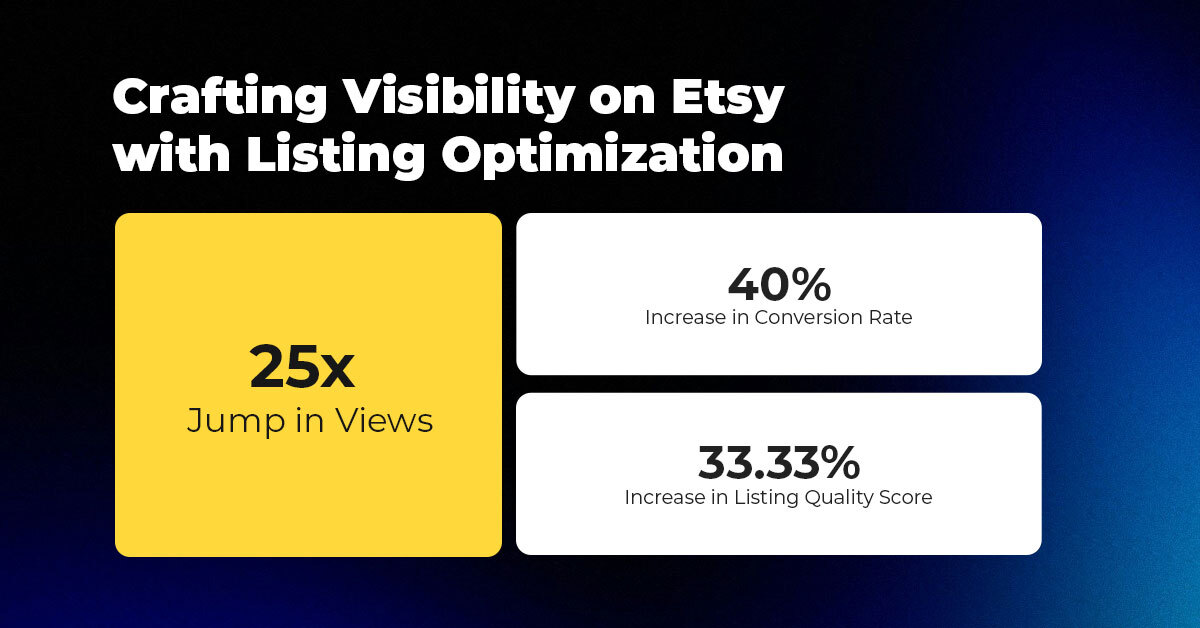
About the Client Shop Name: PinwheelCraftsStore Marketplace: Etsy Focus: DIY Craft Kits for Kids Location:

It just took one Black Friday crash for Gymshark to realize their growth had outpaced
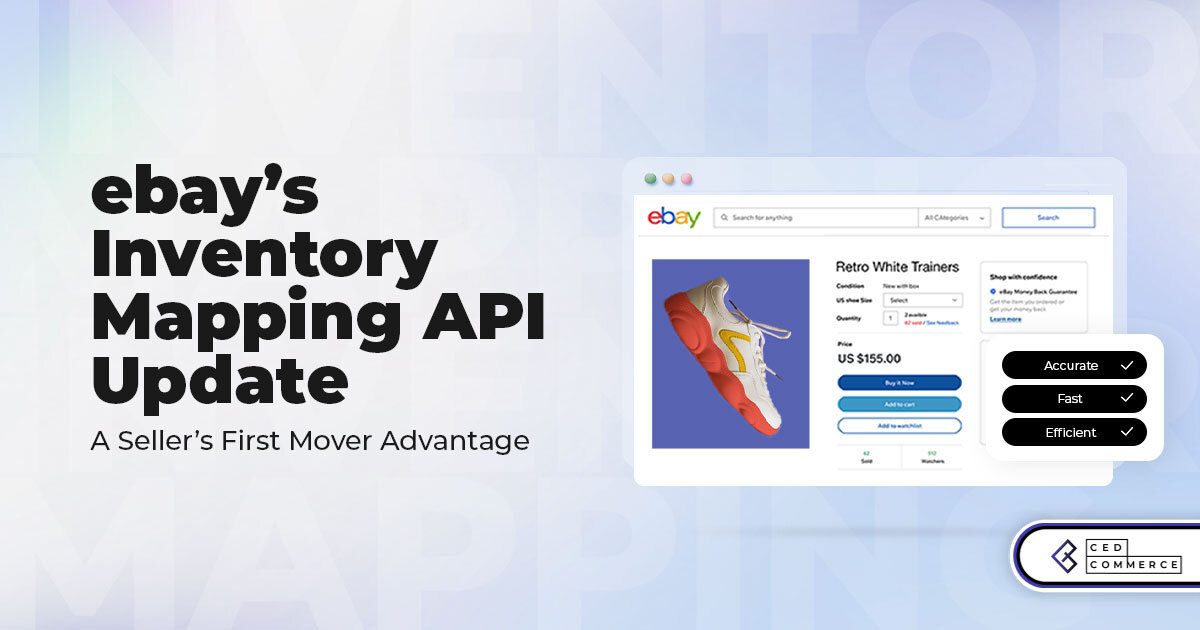
It takes on average 5 to 10 minutes to list a single product on the
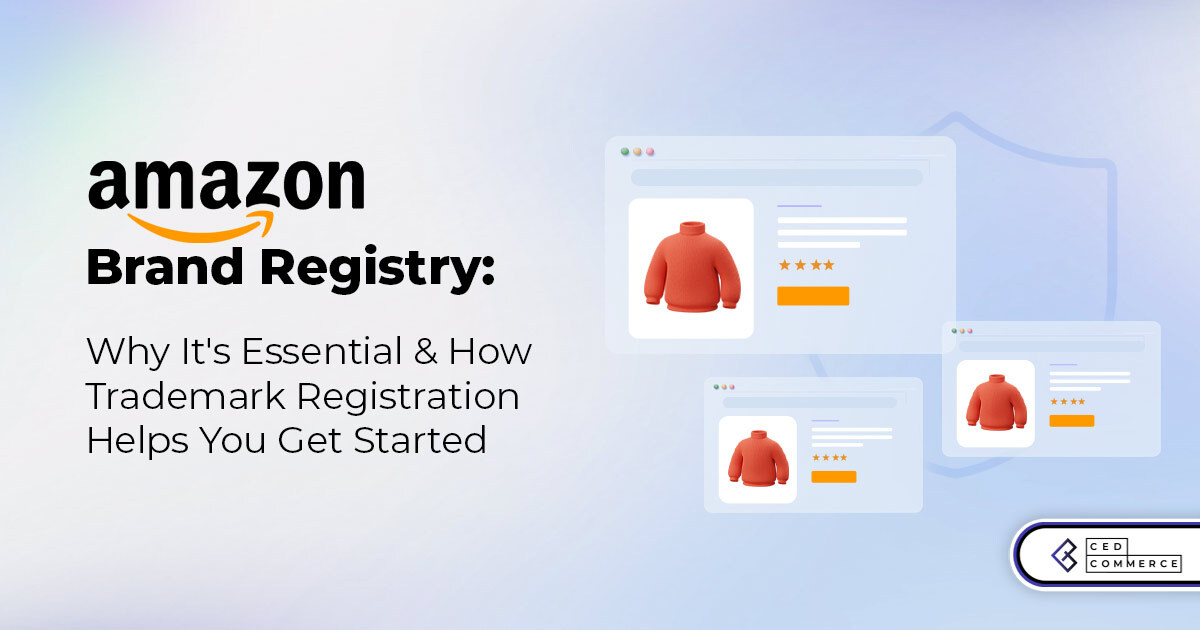
With millions of sellers on Amazon, protecting your brand has never been more important. Counterfeit
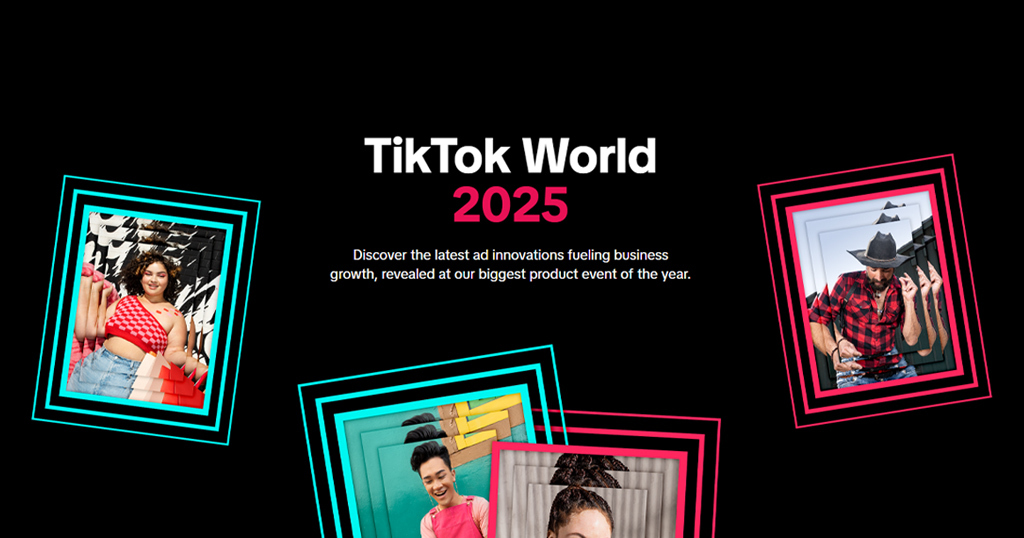
TikTok isn’t just setting trends anymore — it’s rewriting the playbook for performance marketing, creative
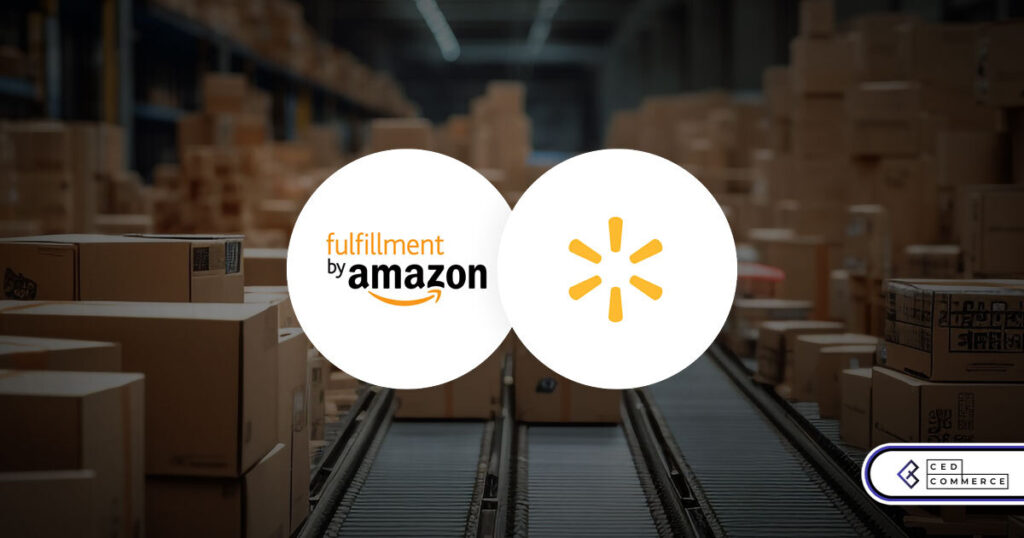
In a significant development for online retailers, Walmart has officially updated its policies to permit
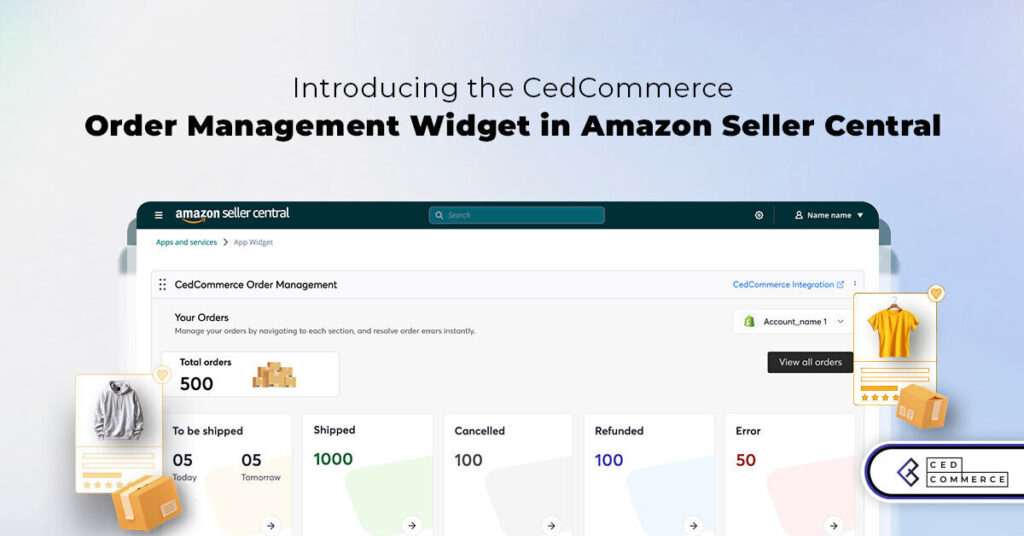
Are you encountering issues with Amazon order management across various sales channels? If so, everyday

A Deep Dive into Selling Smart on TikTok Shop UK, TikTok Shop US, and TikTok

In a world where cross-border commerce fuels eCommerce growth, tariffs are no longer just policy
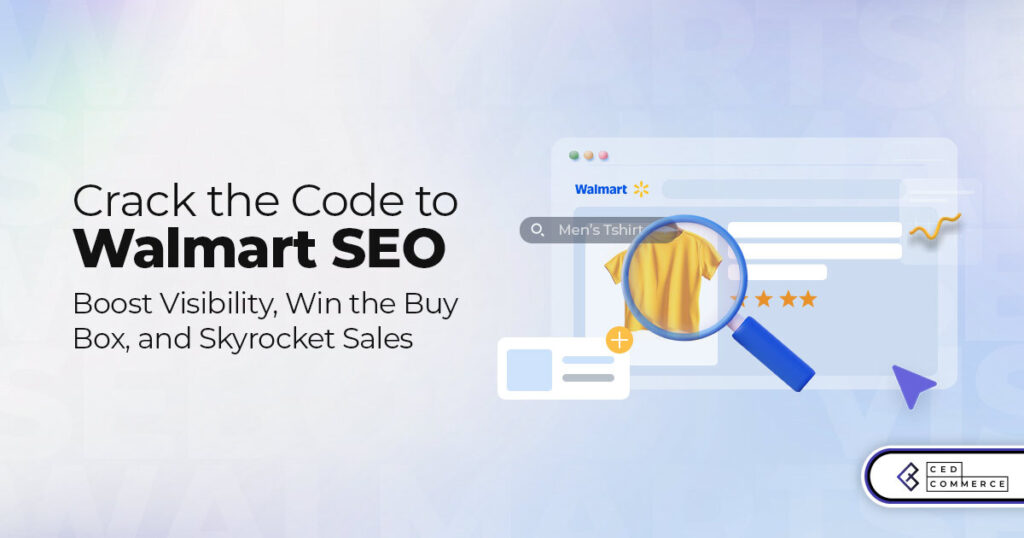
In the world of eCommerce, visibility is everything—and Walmart Marketplace is no exception. With thousands

In what comes as a major relief for TikTok and its millions of users in

In a move aimed at enhancing product quality and boosting buyer confidence, TikTok Shop has

Selling on Amazon offers immense opportunities, but one of the most crucial decisions sellers face

Amazon is doubling down on AI-driven selling tools, introducing a new AI-generated product enrichment pilot
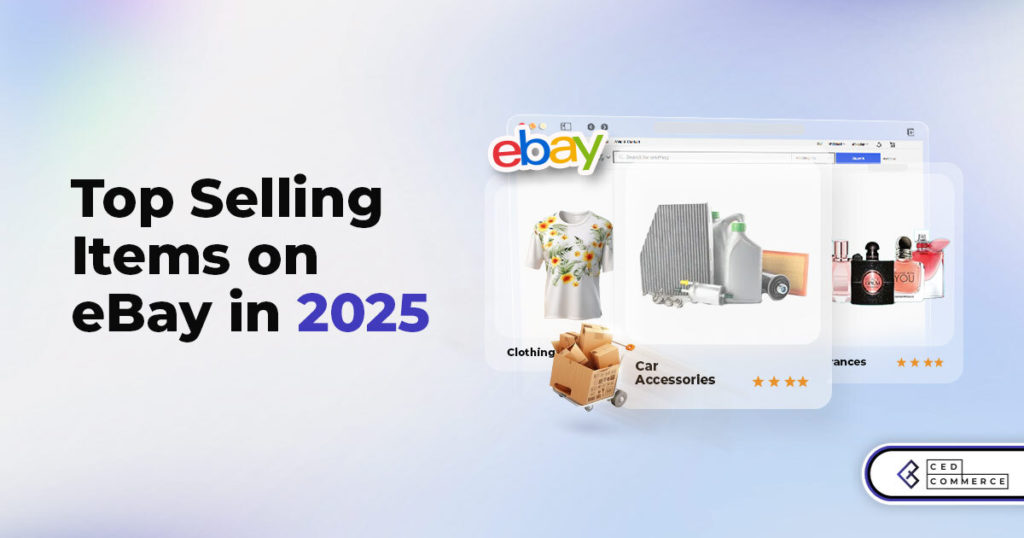
With over 17.6 million sellers on eBay marketplace, cracking the code behind the top selling

Amazon is doubling down on artificial intelligence, introducing the AI-powered ‘Interests’ feature that automatically finds

U.S. President Donald Trump has hinted that a TikTok deal is on track before the

Nearly a decade after closing post its first attempt, Best Buy is returning to the

PrestaShop has long been a leading name in European eCommerce. With its flexibility, user-friendly interface,